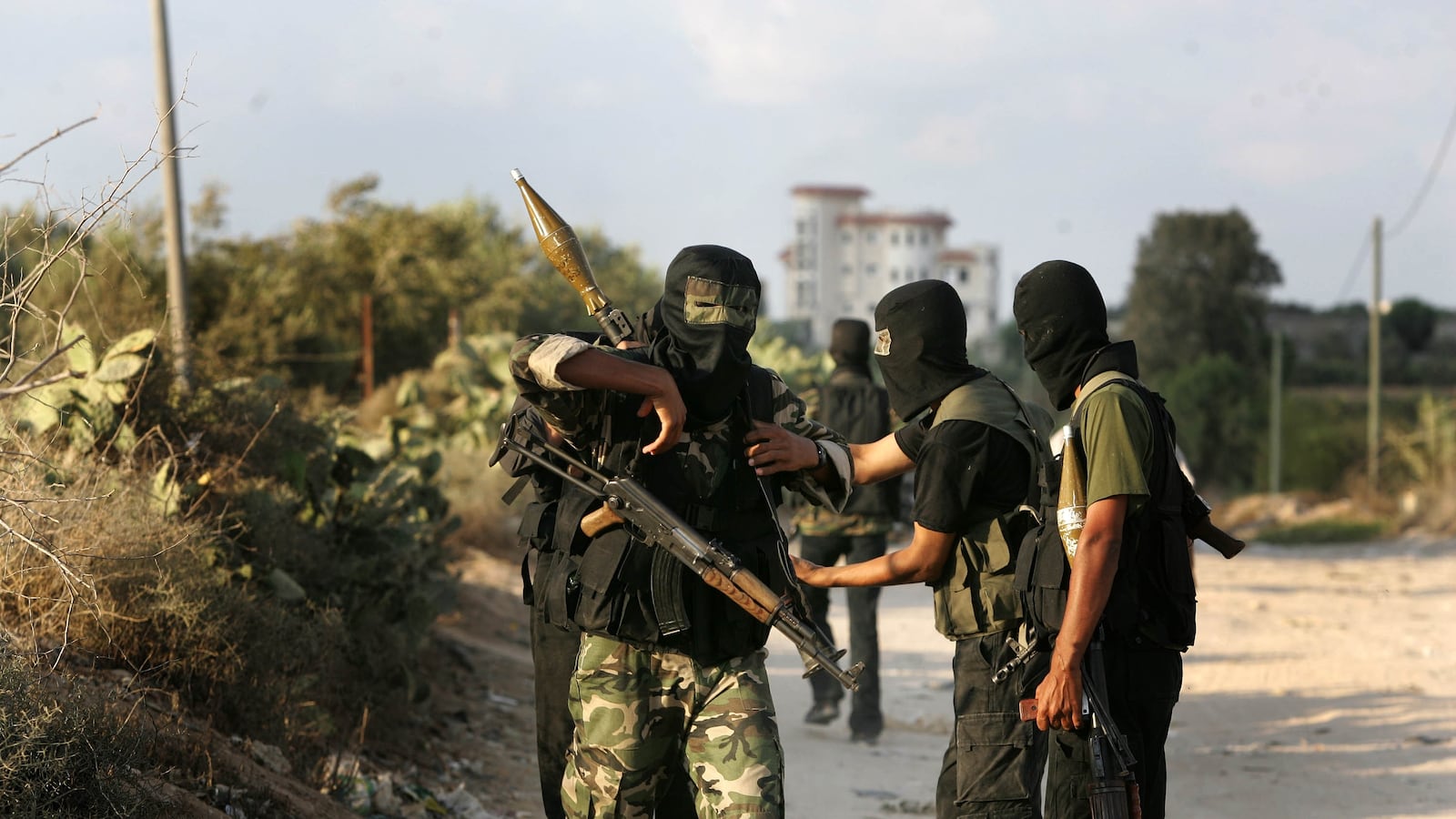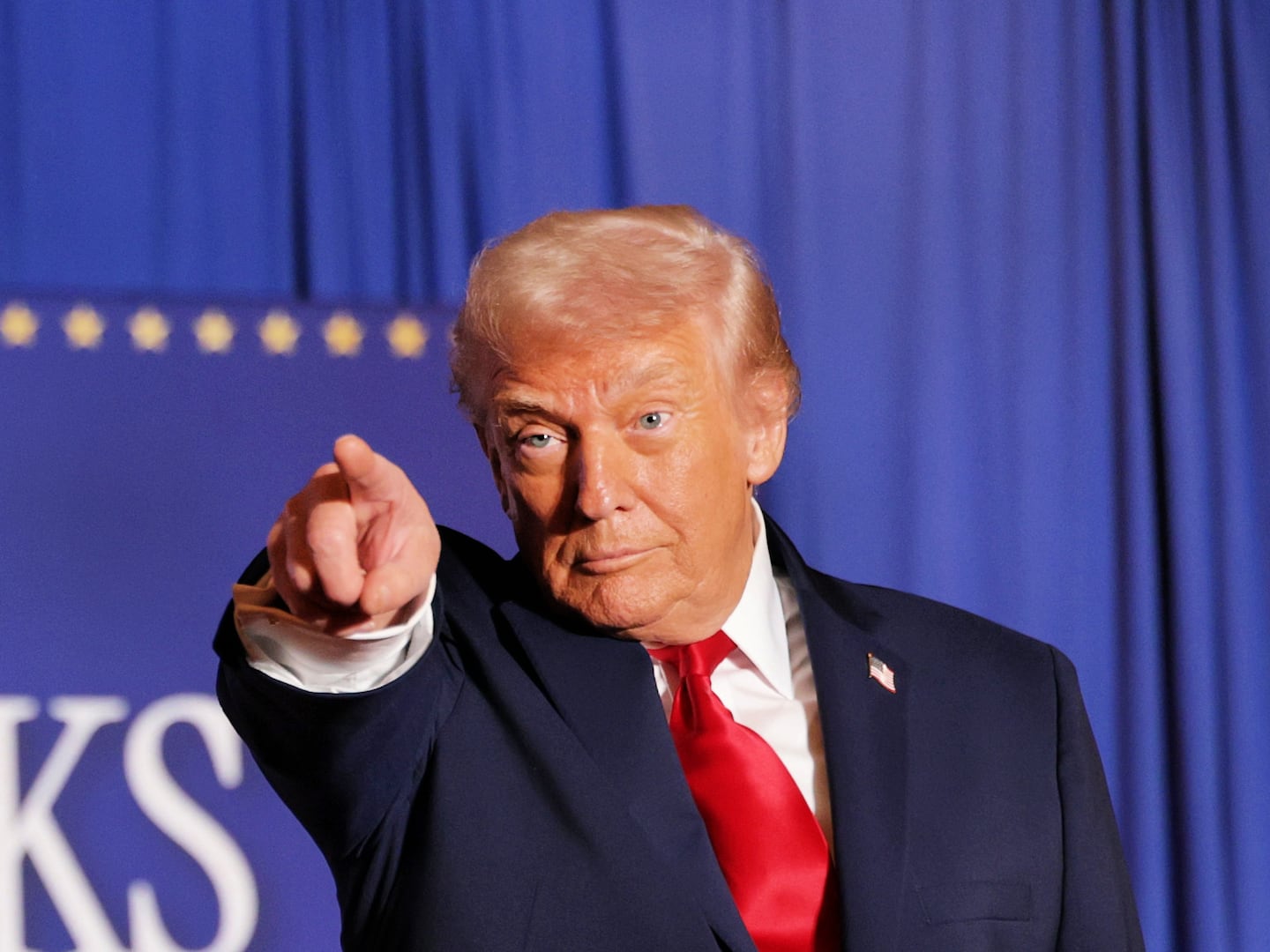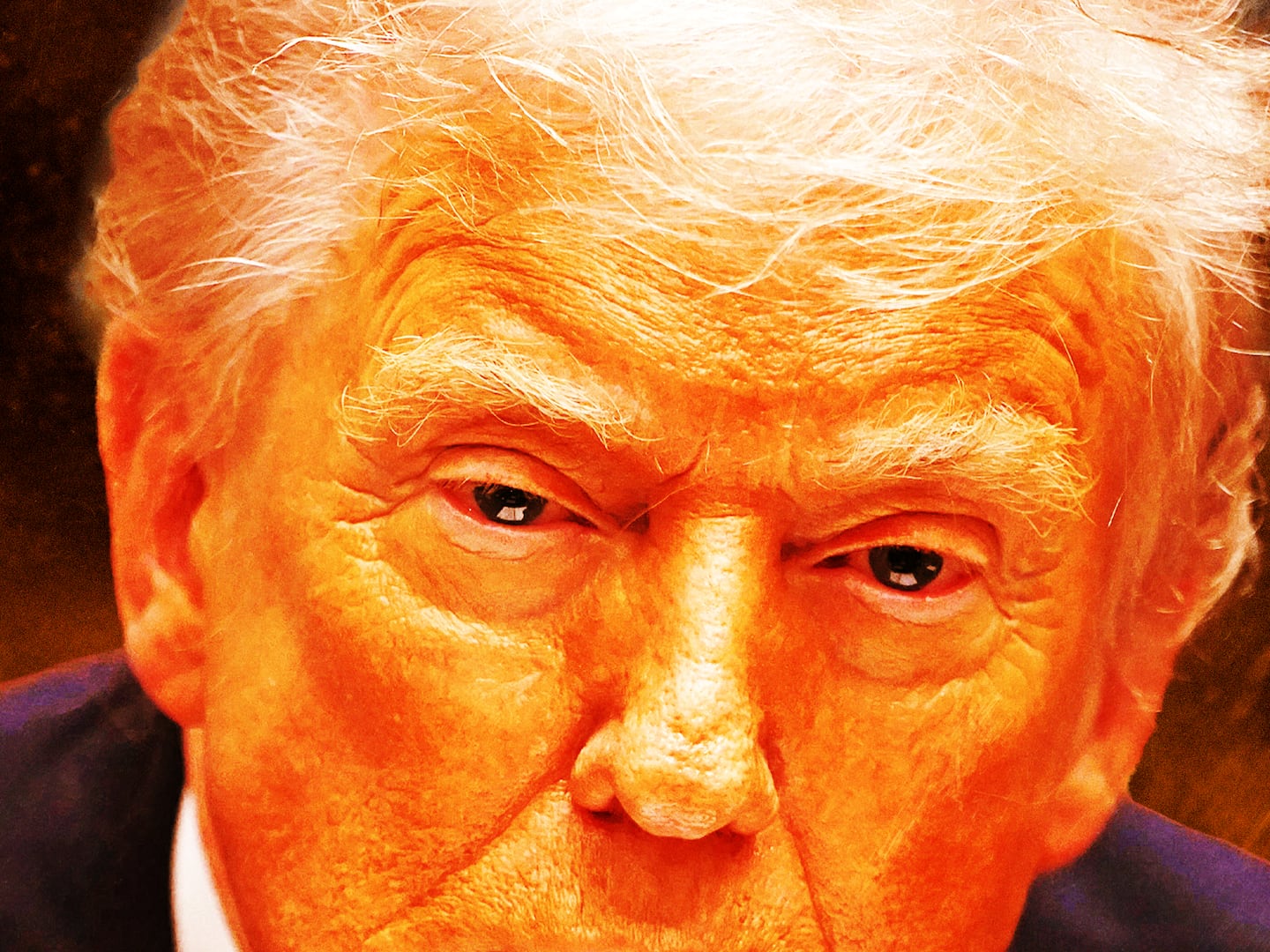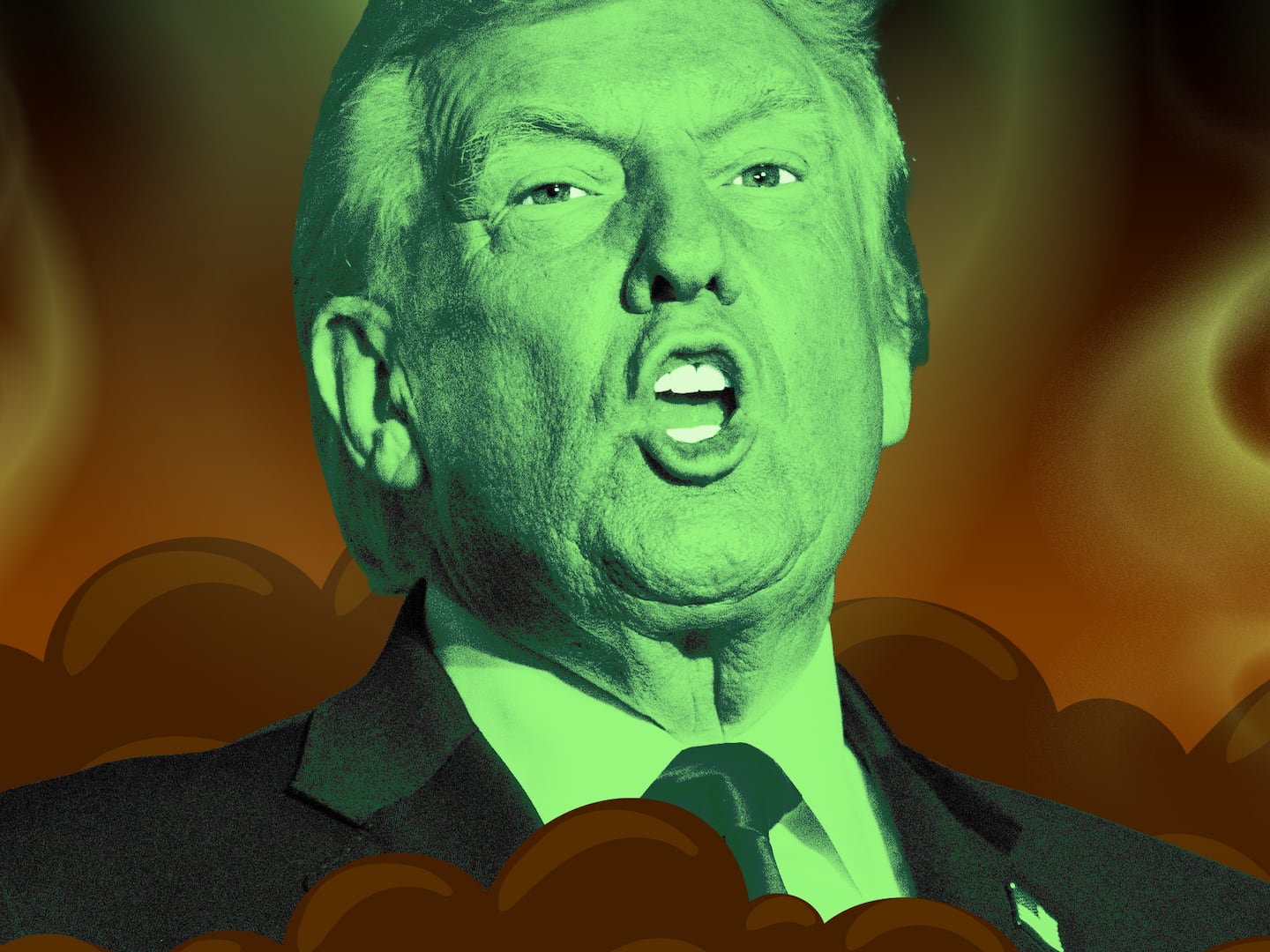Guerrilla warfare, according to author and historian Max Boot, "is the universal war of the weak." Practiced by insurgents from Assyrian-era rebels to Jewish revolutionaries in the 1st century of the common era to contemporary groups like Hezbollah and Hamas, irregular warfare provides ragtag forces the capacity to humble the mightiest of conventional armies.
Consider, for instance, how Afghan militias were able to reduce the Soviet Union's vaunted Red Army to this in the 1980s:
[Soldiers] took refuge in alcohol and drugs to escape the "sweet-and-sour smell of blood," which, one soldier said, "turned my stomach inside out with nausea." Troops got drunk on vodka, moonshine, aftershave lotion. Or they got high on marijuana, heroin, hashish, sometimes provided free by Afghan suppliers who were happy to corrupt their enemies. Said one soldier, "It's best to go into an operation stoned - you turn into an animal.
(Invisible Armies, p. 495)
How did forces as powerful as the Red Army, which crushed Hitler's Wehrmacht in Eastern Europe and then kept the region under its boot for five decades, find themselves defeated by loosely organized militants?
This is merely one of many questions posed by Max Boot's latest book, Invisible Armies. For brevity's sake, this review seek to answer that question, but first we must correct the conventional wisdom on how warfare has historically been waged.
As Boot persuasively argues, small and unconventional wars are hardly a recent invention. While our minds may be clouded by ideas of honor and proper battlefield conduct, a classic example of historical warfare comes from the very era of chivalry, when an combat strategy was the chevauchee ("ride"). During these rides, columns of raiders would plunder the countryside in an effort to starve out and weaken enemies seeking shelter behind the walls of fortified castles.
The flavor of one of these operations can be gleaned from a letter written home to England by Sir John Wingfield ...
"And, my lord," Wingfield wrote to the bishop of Winchester, on December 23, 1355, "you will be glad to know that my Lord has raided the county of Armagnac and taken several walled towns there, burning and destroying them, except for certain towns which he garrisoned. Then he went to the viscounty of Riviere, and took a good town called Plaisance, the chief town of the area, and burnt it and laid waste the surrounding countryside. Then he went into the county of Astarac..."
(p. 44)
This style of war ought to remind readers of the tribal raids seen in North America's native populations and the Asian steppe's nomadic tribes. That's because low intensity conflicts, comprised of a protracted series of semi-regular raids rather than massed battles, are generally the historical rule.
I've often wondered how relatively thinly populated states like 15th century France and England could fight a Hundred Years War. The answer, according to Boot, is that such wars rarely featured the pitched battles that incurred massive casualty counts - and with those tallies the resulting historical attention.
For example, while the many chevauchee style raids of the American Revolution did not exactly inspire the legendary status such as that of Yorktown, Virginia, Cornwallis' surrender only came after enduring years of frustration attempting to pacify a combination of irregular and conventional forces in South Carolina. Had the southern colonists not utilized irregular tactics, Cornwallis would have crushed their army far sooner, freeing all British troops to destroy George Washington's Continental Army in the north.
Mel Gibson's The Patriot may have taken substantial historical liberties, but it caught a key point: despite winning battle after battle, British armies were unable to totally destroy American forces.
The American Revolution also broke ground by demonstrating the limitations of liberal nation states to suppress popular insurgencies. After all, Cornwallis' surrender only deprived Britain of 8,000 of its 42,000 troops in North America (p. 74). You'd think that this would be a mere minor set back prior to finishing off the colonists.
What brought about peace and independence for the United States was the shift in public opinion in Britain. Prime Minister Lord North even lost his job over the war, resigning in 1782 after Parliament voted to end offensive operations in the colonies. (Remind anyone of a certain President opting not to run for re-election in 1968?)
The example of the Revolutionary War was only one of many times a democratic state would found itself incapable of maintaining the long, costly, and frequently bloody counterinsurgency efforts their less democratic cousins could easily stomach.
As such, influencing public opinion is now a key aspect of contemporary insurgency and terrorism. Whether it's Osama bin-Laden giving interviews to ABC and CNN or Fidel Castro tricking the press corps into printing the self-fulfilling prophecy that his revolution would inevitably succeed, the modern irregular warrior is often more concerned with publicizing the conflict than winning actual battles. (Bin-Laden: p. 515; Castro: pp. 435-436)
Another challenge faced by modern counterinsurgency efforts is the need to apply considerable force without violating standards of basic human rights and international conventions of war. Boot details, however, that providing basic security for a populous need not entail brutal methods. In fact, being too harsh can be damaging to pacification efforts even without international attention.
Perhaps the best direct comparison is between the French in Indochina (1945-1954) and the British in Malaya (1948-1960).
Here's how the French army treated civilians:
"Rape, beating, burning, torturing, of entirely harmless peasants and villages were of common occurrence," wrote an English Foreign Legionnaire. His fellow soldiers, many of them Germans too young to have fought in World War II, often boasted "of the number of murders or rapes they had committed or the means of torture they had applied or the cash jewels, or possessions they had stolen." Locally recruited auxiliaries, often thugs or Vietminh deserters who had "stiff prices on their heads," were even worse, they were "feared and hated by the local population on account of their thieving, blackmailing, racketeering propensities."
The French reaction to attacks was particularly brutal. A former French paratrooper reported what happened in 1946 after a unit came under fire in the Mekong Delta, the major rice-producing area of the south: "Before we resumed our march the soldiers set fire to the hamlet. One match was all it took to set the straw roofs alight. The water buffalo left behind by the peasants were shot." For the peasants the loss of "these draft animals," a Vietnamese writer notes, meant "losing their livelihood."
(pp. 353-354)
Compare that to the British under General Gerald Templer:
He encouraged the army to renovate schools, open hospitals to civilians, and generally help the populace. More importantly, to counter Communist appeals, he repeatedly emphasized to Malayans that they would be granted independence "in due course." And, following the ancient Roman example, he pushed to extend Malayan citizenship to more than a million Indians and Chinese, thus giving them a stake in their adopted country.
But winning "hearts and minds" also involved coercive measures such as resettling the squatters - a process begun by [his predecessor] and completed by Templer - which would be unthinkable for twenty-first century British or American counterinsurgents. Robert Thompson, the former Chindit who worked closely with Briggs and Templer, noted that warfare was not a popularity contest: "What the peasant wants to know is: Does the government mean to win the war? Because if not, he will have to support the insurgent." "The government," he added, "must show that it is not only determined, but prepared, to be ruthless."
(p. 384)
I don't mean to suggest that the French used all stick and no carrot and the Brits vice verse, but the French learned at extraordinary cost that a colonial occupation lacking sensitivity, failing to adequately nurture a legitimate provisional government, and neglecting to provide the promise of full independence was a fool's errand.
These lessons hit home for Americans in Vietnam, which Boot essentially describes as a self-inflicted wound by awful strategic planning coupled with questionable (at best) tactical considerations. His section about U.S. successes in the the early 1970s, followed by the swift overthrow after the US troops finally departed, is a tough passage to read.
But let's be frank: Invisible Armies was inspired by the American experiences in Afghanistan and Iraq. Boot turns to the examples of superpowers such as the Persians, the Romans, the British, and the Russians, but he's seeking to understand why an undisputed hegemon like the United States struggled so desperately against forces it should have wiped from the face of the Earth.
I believe he found the core of his answer in French marshal Louis Hubert Gonzalve Lyautey's handling of instability in Morocco a century ago:
"Civil action" has to be part of any successful counterinsurgency. That does not mean, however, that it can be a substitute for military action. What Hubert Lyautey and countless other soldiers found was that counterinsurgency warfare requires a complex mix of political and military action whose exact contours have to be determined by the "right man" on the spot.
(pp. 182-183)
The "right man" for Iraq and Afghanistan, Boot argues persuasively, was David Petraeus. Our views on the General are perhaps forever altered by his oh-so-publicly exposed affair with Patricia Broadwell, but Petraeus' handling of violence before and during the surge in Iraq was textbook counterinsurgency updated to meet contemporary challenges.
And what Petraeus understood, unlike the Soviets in the 1980s, is that defeating insurgents requires far more than divisions of troops, helicopters, tanks, and fighter jets. It demands wooing local leaders, providing basic daily security and order so citizens are not tempted to turn to militias for protection, planting hope in the minds of the people, and the unpleasant but necessary task of helping build democratic institutions that can replace occupational forces.
The overarching theme of Invisible Armies is that insurgencies cannot be defeated without first solving the reasons the insurgents gained the support of the local population. This seems painfully self-evident today, but less than a decade ago the very question rocked American policy circles.
What the Soviets failed to understand is that homegrown insurgency and religious fervor will outlast any conquering force. (Not to mention that you don't send columns of troops into narrow valleys and not expect to be hit by sniper fire.)
Perhaps if the Soviets had been willing to permanently occupy Afghanistan, they could have pacified the population through reprisals and brute force. As it was, militants knew they only needed to wait for the inevitable Soviet withdrawal to come out of their mountain redoubts and tribal areas.
And this is where Boot uncomfortably leaves us. It's a mark of the intellectual honesty of Invisible Armies that Boot doesn't close with a long chapter detailing the future of American interventionism and overseas action. After all, Boot spends 550 pages detailing why counterinsurgency strategies require constant updating and why defeating unconventional warfare often requires unconventional warfare of its own.
But I'd hoped to see Boot touch on a contemporary issue, say, drone warfare. How does this impersonal style of war impact local populations? Does it create future generations of insurgents? Is a drone based missile in Pakistan of any practical difference than a French battery leveling a Vietnamese village? Should such questions be included in our approach to combating international terrorism at all?
Such moral question are largely left aside in Invisible Armies, and while it certainly doesn't impact the historical achievement of Boot's highly impressive work, I found myself wishing for more.






